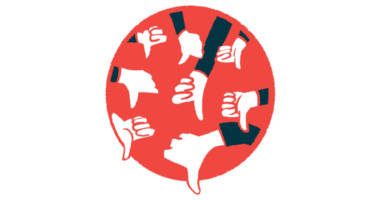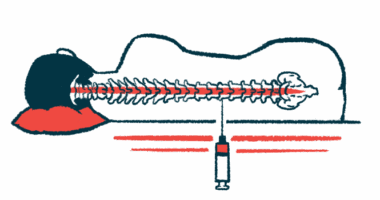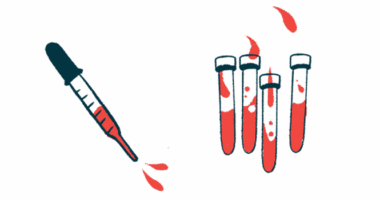Non-drug Treatments for SMA
Overview
There is currently no cure for spinal muscular atrophy (SMA) yet, but there are a number of treatments that can delay the progression of symptoms, as well as several experimental treatments currently in development. In addition, non-drug treatments such as physiotherapy, occupational therapy, and speech therapy, can help strengthen patients’ muscles, as well as maintaining their quality of life. Other approaches to manage the condition include scoliosis treatment and whole body vibration therapy.
Physical Therapy
Physical therapy is an important part of the care of patients with SMA. Regular sessions of physical therapy may influence the trajectory of disease progression. Physical therapists formulate highly individualized treatment plans for their patients with SMA.
Speech Therapy
Speech therapists work with SMA patients who have difficulty speaking, chewing, and swallowing. Therapists design a program of exercises to strengthen jaw and throat muscles, as well as suggesting aids that may make day-to-day tasks easier. Patients should meet with a speech therapist as soon as possible after diagnosis if speech, language, or swallowing are affected.
Orthopedic Surgery
Children with SMA face several orthopedic challenges including scoliosis, joint flexion contractures, subluxations and dislocations of the hip, and bone fractures. By far the most common orthopedic problem in SMA patients is progressive neuromuscular scoliosis. Spinal abnormalities further compound respiratory issues brought on by weakness of the intracostal muscles, which puts patients at great risk for restrictive pulmonary disease and various respiratory co-morbidities.






